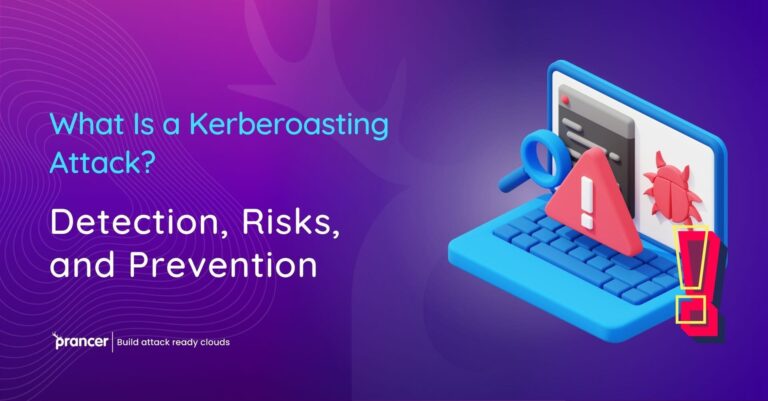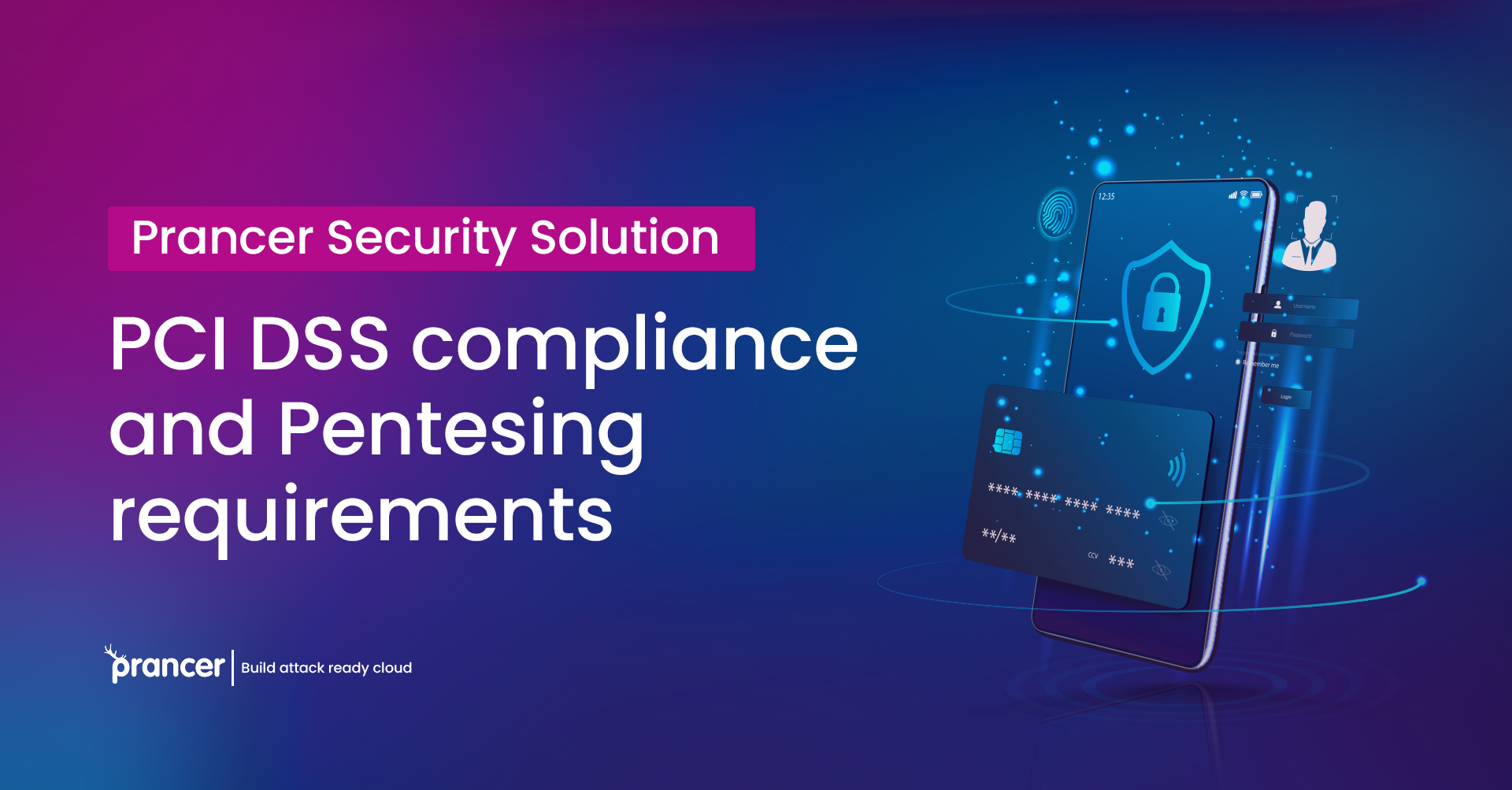

As the use of credit and debit cards becomes increasingly prevalent in our daily lives, businesses must ensure the security of sensitive financial information. The Payment Card Industry Data Security Standards (PCI DSS) were created to establish guidelines for businesses to follow to protect their customers’ payment card information.
Automated Penetration Testing, becomes an essential aspect of maintaining PCI DSS compliance. With the prevalence of credit and debit card usage in this day, Automated Penetration Testing offers a robust and forward-looking security measure for confidential financial data to businesses. Boost your security through Automated Penetration Testing to protect your customer credit card payments as per PCI DSS.
To qualify for the PCI designation, companies must conform to a list of specifications established by the Council. Requirements ranged from keeping the network safe, protecting cardholder data, maintaining a vulnerability management program and strong access control to regularly monitoring and testing networks.
Penetration testing or penetration detection is another essential measure of PCI compliance. Penetration testing refers to a simulated attack on a network or system that aims at revealing vulnerabilities that would be exploited in the real world by an actual malicious party. This is an important step in discovering and eliminating potential security risks.
Businesses must regularly conduct internal and external penetration testing as mandated by the PCI DSS. The systems and networks that store, process, or transmit cardholder data must be penetration tested at least once every six months by a qualified security professional. Penetration testing from the outside should be performed by a professional third party, and encompass all systems accessible over the Internet.
Also, businesses should record the outcome of their penetration tests and provide that information to their acquiring bank or merchant service provider. It also has to indicate what weaknesses were found and how those holes will be plugged.
However, they should be aware that achieving PCI compliance is not a one-time task. However, businesses also have to constantly review and adjust their security measures in order to ensure they do not fall behind on the requirements of PCI DSS.
Businesses seeking to comply with the PCI DSS are required to pass internal and external penetration tests.
This is internal penetration testing (also known as an internal penetration assessment) and can be carried out by the organization itself or a third party on its own network. The idea of this type of testing is to represent a potential attack from the inside out, and test for flaws in internal systems, networks, or applications. The objective is to discover and eliminate weak points that an intruder might be able to exploit with access to the internal network via a privileged position.
Instead, external penetration testing mimics a false attack coming from outside the network (usually via some source on the Internet) and tests whether an intruder might be able to infiltrate. The intention of this kind of testing is to find the weak spots in Internet-connected systems, networks, and applications. The objective is to find and patch weaknesses that may be exploited by an attacker who does not have the access rights of a privileged user on the internal network.
This includes internal and external penetration testing, conducted by a qualified independent third-party tester approved by the Security Standards Council. The auditor will review the records and supporting materials of their penetration testing as well as other security controls to verify that they meet the requirements.
On the other hand, fully automated penetration testing solutions are too impersonal to be of use in ever satisfying the PCI DSS requirements for thorough network and system penetration testing.
The PCI DSS stipulates that a penetration test must be conducted by an experienced third-party visionary with the necessary qualifications, and who is certified by the Information Security Standards Council. This calls for more than merely fully automated solutions because it demands the application of human knowledge and experience.
Furthermore, a fully automated system will not be able to discover all possible types of faults and it will likely miss some of those discovered by the human tester as well. Purely automatic solutions may also fail to assess a vulnerability’s potential impact on the business.
Be that as it may, such fully automated solutions can also be used in conjunction with manual testing to enhance the extent and effectiveness of overall coverage. These can be employed both to spot low-hanging, easily exploited fruit and assist in the assessment of whether efforts at improving security have been successful.
All in all, when it comes to meeting the PCI DSS penetration testing requirements, although automated solutions can effectively scan for security flaws and help implementations achieve compliance faster with fewer staffing resources. But whether they are really fully capable of substituting experts requires human reasoning and discernment.
A fully automated penetration testing solution can help a company achieve PCI compliance faster and with lower cost in several ways:
Of course, the completely automated approach should be seen as an adjunct to manual testing rather than a replacement. The problem is that although automated solutions can at least point us to the low-hanging fruit, any weaknesses they detect still have to be rechecked and scrutinized by experts doing manual testing before you know how much trouble a particular vulnerability could cause for your business.
All in all, fully automated penetration testing can increase coverage and reduce costs while offering the advantages of continuous seat-time monitoring as well as making it faster and less expensive to get a company up to PCI compliance.
Prancer Cloud Security Solution offers an all-around protection of cloud resources and infrastructure to bring companies into full compliance with the Payment Card Industry Data Security Standard (PCI DSS). The solution can also be linked to cloud providers and automatically monitor the configuration of resources in terms of their conformity with PCI DSS requirements. This also enables companies to rapidly screen themselves for potential compliance problems. In addition, Prancer can link up to git repositories and confirm that all infrastructure codes going into the cloud are compliant. This keeps any non-compliant configurations out of the picture to begin with.
Looking at the battle on the defensive security side, Prancer has a proprietary Penetration Testing as Code (PAC) platform that can help application developers learn about their applications ‘security issues before deploying them to higher environments. By allowing them to do this, they can prevent attackers from taking advantage. Furthermore, through the use of Prancer’s penetration testing engine, the Red Team can have a clearer understanding of whether specific applications in real-time are secure and do not contain any exploitable vulnerabilities. Furthermore, on the strength of PCI DSS compliance companies must still carry out manual penetration testing to record for an auditor. Yet Prancer can eliminate much of that manual effort, allowing firms to automate their compliance validation so they can get and stay in the black.
To conclude, following the PCI DSS guidelines will give any company that takes credit cards a better chance of preventing such an incident. PCI DSS requires penetration testing to ensure that businesses identify and fix vulnerabilities, in order to prevent data leaks. Through conformance and frequent testing, businesses can better fortify their security systems and rebuild the trust lost with computer hackers.
